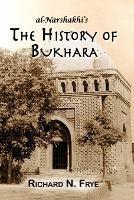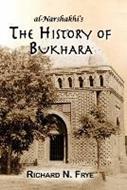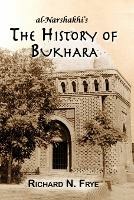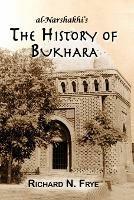The History of Bukhara
Abu Bakr Muhammad ibn al-Narshakhi of Bukhara wrote the history of his city and presented it to the Samanid ruler Nuh ibn Nasr in 943 C.E. (A.H. 332). This is the only book he is known to have written. Narshakhi's ""History of Bukhara"" is unusual among histories of Middle Eastern cities because it provides a broad and perceptive overview of urban life of the time, as opposed to the standard biographies of religious leaders. Richard Frye's translation from the Persian presents an engaging, readable narrative that recreates the lively intellectual and commercial life of this vibrant ancient city. In the tenth century, Bukhara was a cultural center that rivaled Baghdad, and was known as ""the dome of learning in the East."" It was a dynamic metropolis, capital of the semi-independent dynasty that ruled most of present-day Iran and Central Asia. It was in Bukhara that the so-called Persian Renaissance began, with its far-reaching literary implications. Narshakhi portrays not only rulers, but also everyday life in cities and villages. This primary source affords insights into life in Eastern Iran and Central Asia during a period of change in the Islamic world.
-
Traduttore:
-
Curatore:
-
Editore:
-
Anno:2011
Le schede prodotto sono aggiornate in conformità al Regolamento UE 988/2023. Laddove ci fossero taluni dati non disponibili per ragioni indipendenti da Feltrinelli, vi informiamo che stiamo compiendo ogni ragionevole sforzo per inserirli. Vi invitiamo a controllare periodicamente il sito www.lafeltrinelli.it per eventuali novità e aggiornamenti.
Per le vendite di prodotti da terze parti, ciascun venditore si assume la piena e diretta responsabilità per la commercializzazione del prodotto e per la sua conformità al Regolamento UE 988/2023, nonché alle normative nazionali ed europee vigenti.
Per informazioni sulla sicurezza dei prodotti, contattare productsafety@feltrinelli.it



